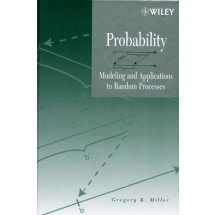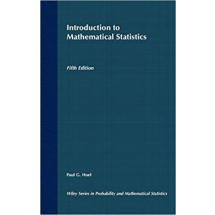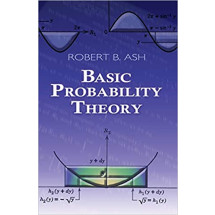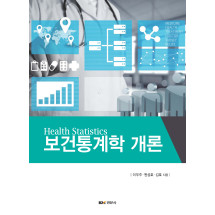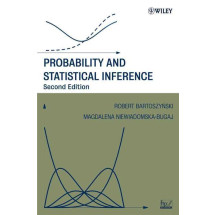Preface
1. Introduction
1.1. Smoothing and seasonal adjustment
1.2. Regression methods
1.3. The backward difference operator
1.4. Forecasting and moving averages
2. Stationarity
2.3. Generating Gaussian series
2.4. Stationarity and prediction and non-deterministic series
2.5. The general linear representation
2.6. Prediction
2.7. Sample estimates
3. Time series models
3.2. Three simple models
3.3. Estimation
3.4. Forecasting
3.5. Model evaluation
3.6. Model selection
3.7. Identification
3.8. Exponential smoothing and all that
3.9. Simulation
Appendix: A random number generator
4. The general state space model
4.2. Properties of state space models
4.3. Identification
4.4. Evaluating the likelihood function
4.5. Maximizing the likelihood function
4.6. Prediction
4.7. Model selection, comparison and evaluation
4.8. Simulation of state space models
5. ARMA (Box-Jenkins) models
5.2. Stationarity
5.3. Invertibility and identification
5.4. Properties of stationary ARMA models
5.5. Estimation
5.6. Non-stationary models
5.7. Model selection
5.8. Forecasting ARMA models
5.9. Model evaluation
5.10. Seasonal ARMA models
5.11. Exponential smoothing and ARMA models
5.12. Simulation of ARMA models
Appendix 5.1: On linear difference equations
Appendix 5.2: The Durbin-Levinson recursion
6. Structural state space models
6.2. Some further structural models
6.3. Properties of structural models
6.4. Estimation
6.5. Diagnostic checking and prediction
6.6. Model selection
6.7. Connections: ARMA models, structural models, and exponential smoothing
6.8. Bayesian time series models
6.9. Structural models - parts of the analyst's toolkit
7. The frequency domain
7.2. Some definitions
7.3. Cycles, waves, and Fourier analysis
7.4. Discrete and continuous series: aliasing
7.5. Fourier analysis - the Fourier series
7.6. The discrete Fourier transform (DFT)
7.7. The z transform
7.8. The fast Fourier transform (FFT)
7.9. A heuristic spectrum
Appendix 7.1: Fourier transforms
8. The spectrum
8.3. Examples of spectra
8.4. The spectral representation
8.5. Linear filters
8.6. Filter design
8.7. Forecasting
8.8. Sampling and aliasing
8.9. Transformations and the combination of series
9. Estimation in the frequency domain
9.1. The periodogram
9.2. Applications of the periodogram
9.3. Estimating the spectrum: non-parametric estimates
9.4. Lag windows
9.5. Sampling properties of the smoothed spectral estimate
9.6. Some examples
9.7. Parametric spectral estimates
9.8. Estimation in the frequency domain
10. Odds and ends: a taste of some more advanced topics
10.2. Transformations
10.3. Coping with missing values
10.4. Incorporating explanatory variables in the time series model
10.5. Modelling more than one time series model
10.6. Multiple series: the frequency domain
10.7. Non-linear and non-standard models
References
Data appendix
Index


